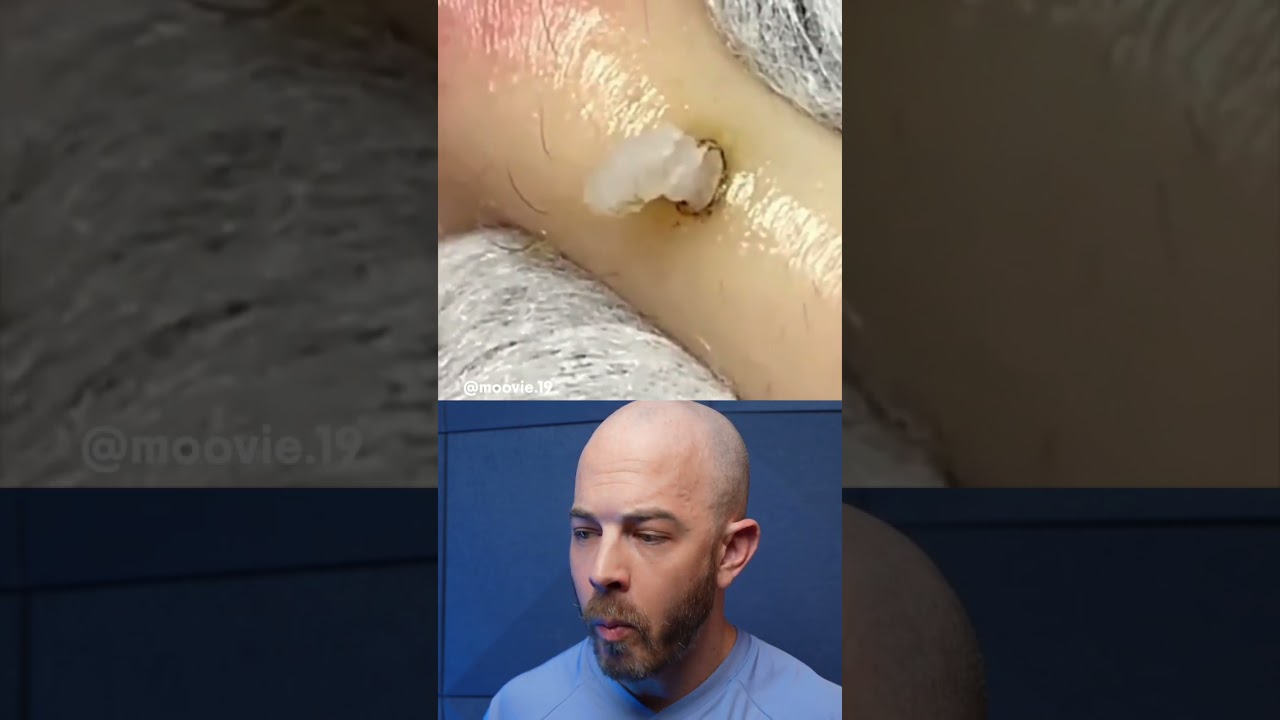Acne is a common skin condition that can affect people of all ages, and while it’s often associated with hormonal changes during puberty, it can also appear later in life. One interesting aspect of acne is its location on the face and body, which can provide insight into underlying health issues or lifestyle factors. According to dermatologists, the location of acne can often point to specific causes or conditions.
Forehead Acne: Stress and Digestion
Acne on the forehead can indicate issues related to stress and poor digestion. This area is linked to the gastrointestinal system, so if you notice breakouts here, it may be time to examine your diet. High-sugar and high-fat foods can contribute to digestive problems, leading to inflammation that manifests as acne. Additionally, stress can increase oil production in the skin, worsening breakouts. Managing stress through relaxation techniques and maintaining a balanced diet may help alleviate forehead acne.
Between the Eyebrows: Hormonal Imbalances
Breakouts between the eyebrows can be associated with hormonal imbalances. This area is linked to the liver and digestive health, so acne here may suggest that your body is struggling to process toxins effectively. Hormonal fluctuations, often seen during menstruation or due to conditions like polycystic ovary syndrome (PCOS), can also lead to increased oil production and clogged pores. Keeping track of your menstrual cycle and consulting a healthcare provider about hormonal health can be beneficial.
Nose Acne: Circulatory and Respiratory Issues
Acne on the nose can be a sign of circulatory or respiratory issues. This area is connected to the heart and lungs, so breakouts might indicate that you need to pay more attention to your cardiovascular health or possibly evaluate your smoking habits. Improving overall heart health through exercise, a balanced diet, and avoiding smoking can help reduce acne in this region.
Cheek Acne: Allergies and Hygiene
Cheek acne is often linked to allergies and skin irritations. It can arise from touching the face frequently, using dirty phones, or not cleaning makeup brushes regularly. Additionally, cheek acne can be influenced by allergens in the environment. If you notice consistent breakouts in this area, consider evaluating your skincare routine and lifestyle habits. Using hypoallergenic products and maintaining cleanliness can make a significant difference.
Jawline and Chin Acne: Hormones and PCOS
Acne along the jawline and chin is frequently associated with hormonal fluctuations, particularly in women. This area is often linked to the endocrine system, and breakouts here can indicate issues related to menstrual cycles or conditions like PCOS. Stress, diet, and hormonal imbalances all contribute to oil production and the formation of cystic acne in this region. If you consistently experience jawline acne, consulting a dermatologist or healthcare provider can help identify underlying hormonal issues and appropriate treatments.
Back and Shoulder Acne: Sweat and Hygiene
Back and shoulder acne, often referred to as “bacne,” can be exacerbated by sweat and poor hygiene. This area is prone to breakouts due to its tendency to trap oil and bacteria, especially if you wear tight clothing or do not shower after exercise. To manage bacne, it’s crucial to maintain good hygiene, wear breathable fabrics, and consider products that target body acne.
Conclusion
Understanding the location of acne can provide valuable insights into your overall health. While lifestyle factors, diet, and hormonal changes play significant roles in acne development, being aware of the correlations between breakout locations and potential underlying issues can empower individuals to make informed decisions about their skin health. If acne persists or worsens, seeking professional advice from a dermatologist is essential for effective treatment tailored to your specific needs.


